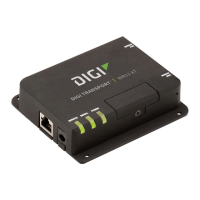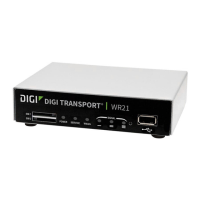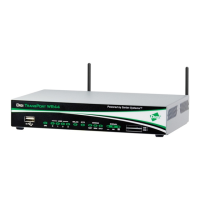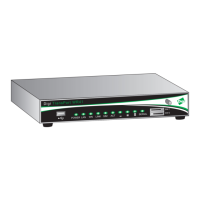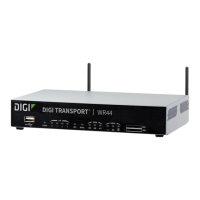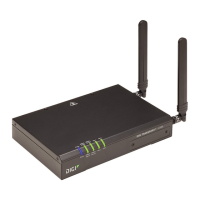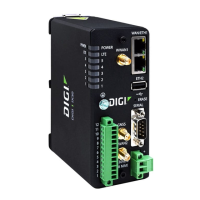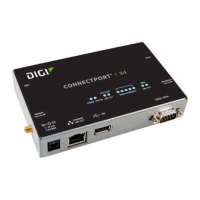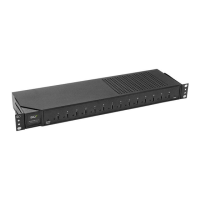Use the web interface Web interface wizards
Digi TransPort WR Routers User Guide 102
SureLink wizard
The SureLink wizard configures the Digi TransPort router to stay connected to the W-WAN (Wireless
Wide Area Network) under adverse conditions, using several features designed to recover from
network and other problems. The wizard helps you choose the most appropriate set of features for
you. Read the following explanation carefully, as it is important that you make the correct selection
for your circumstances.
Automatic power cycling of the internal Wireless WAN radio occurs if the PPP link to the network
cannot be established. If a problem occurs when the PPP link is already up, some mechanism must
be employed to detect the dead link and deactivate it. This wizard helps you configure the most
appropriate dead link detection technique. There are two types of dead link detection techniques:
passive and active.
Passive link detection techniques
Passive techniques work by monitoring data that would be sent over the W-WAN network anyway.
As it is necessary for data to be sent in order to detect a problem, these techniques are only suitable
if the equipment on the router's Local Area Network (LAN) regularly sends data over the W-WAN. The
main advantage of passive techniques are:
▪ No additional data charges (if your mobile operator charges you for data).
▪ In a hub and spoke deployment, no additional load will be placed on equipment at the hub.
The main disadvantages are:
▪ If the equipment on the LAN does not send data and a problem with the connection occurs, it is
not possible to connect to the router or the router's LAN remotely until the equipment on the
LAN sends data.
▪ Because equipment on the LAN must send data before some problems can be detected, if a
problem does occur, the equipment on the LAN is subject to delays when it first tries to send
data. This is because the Digi TransPort router requires a certain amount of time to detect and
recover from the network problem.
Active link detection techniques
Active techniques work by sending data to test the link. For example a ping, UDP packet or IPsec
keep-alive (Dead Peer Detection) packet. The main advantage of active techniques are:
▪ Problems are detected promptly and the availability of remote access to the router or its LAN is
maximized.
▪ Problems can be repaired BEFORE equipment on the router's LAN needs to use the W-WAN
resulting in no delays sending data.
The main disadvantages are:
▪ Some mobile operators charge for the data sent to test the link.
▪ In a hub-and-spoke deployment, additional load will be placed on equipment at the hub end by
the test data.
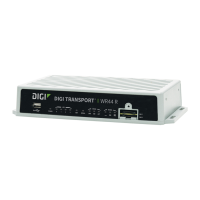
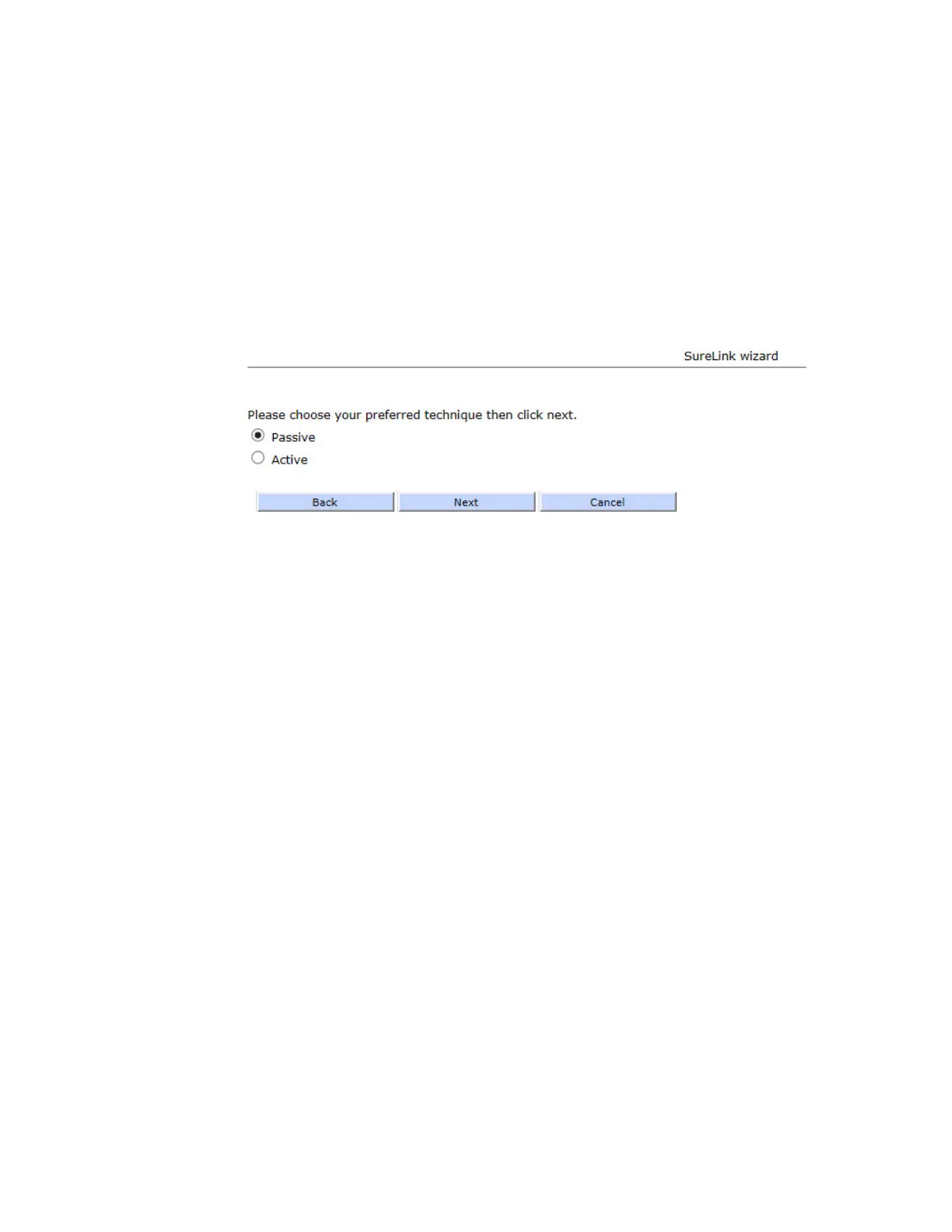